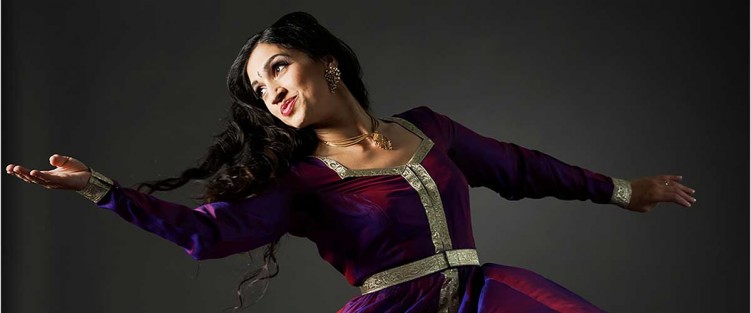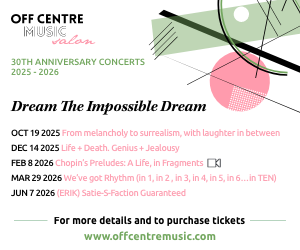White Night Roots
While some cite Paris’ 2001 Nuit Blanche as the concept’s ground zero, it likely had its roots in Helsinki in 1989; Helsinki’s nighttime festival of the arts, with all museums and galleries open “until at least midnight” proved to be contagious, steadily spreading to over a hundred of the world’s cities, including across Canada, including Montreal, Ottawa, Toronto, Edmonton, Calgary, Halifax, Winnipeg and Saskatoon.
I well recall the buzz around Toronto’s premiere Nuit Blanche in 2006. I cut out the double-page downtown event map in NOW magazine to facilitate my bicycle-driven art crawl to well over a dozen events and installations. Dubbed Scotiabank Nuit Blanche for its title sponsor, it is today the City of Toronto’s baby, after the bank withdrew in 20125, saying the event no longer aligned with its sponsorship priorities. By then, it had “grown into one of the largest public art exhibitions in North America,” according to the city’s website. How large? In 2015 the city claimed in a promotional video that “Since the inaugural event, more than 9.5 million people explored 1,200 art projects by 4,500 artists.”
Nuit Blanche Toronto 2022
As they did to all other in-person events, the last two pandemic-ridden years put a damper on Nuit Blanche too. The good news is that this celebration of contemporary art returns this year “bigger than ever,” from sunset on October 1 to sunrise on October 2.
Past Nuit Blanche exhibitions have been primarily sited downtown, with occasional nods to Scarborough venues. This year that geography has been substantially expanded to include numerous installations in Etobicoke and North York. A total of some 162 artwork locations are listed on its website map.
 Led by artistic director Dr. Julie Nagam, Canada Research Chair in Indigenous Arts, Collaboration and Digital Media at the University of Winnipeg, Nuit Blanche Toronto features more than 150 artworks by local, national and international artists. This year’s ambitious curatorial theme, The Space Between Us, “reveals the space between us as a potential site for sharing knowledge” and invites artists to “transform the city by creatively sharing stories about their connection to place while bridging cultures and connecting with communities and the environment.”
Led by artistic director Dr. Julie Nagam, Canada Research Chair in Indigenous Arts, Collaboration and Digital Media at the University of Winnipeg, Nuit Blanche Toronto features more than 150 artworks by local, national and international artists. This year’s ambitious curatorial theme, The Space Between Us, “reveals the space between us as a potential site for sharing knowledge” and invites artists to “transform the city by creatively sharing stories about their connection to place while bridging cultures and connecting with communities and the environment.”
Ajagutaq/Parhelion
Nuit Blanche Toronto generally privileges visual experiences. (All-night outdoor music is by its nature problematic.) In fact “Music” doesn’t even appear among the 19 “Mediums” listed in the pull-down program filter on this year’s website, though there are eight events under “Sound Installation.”
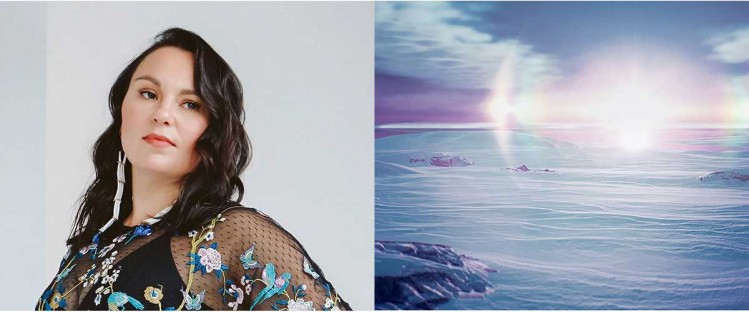 One of these caught my eye; the intriguingly multifaceted Ajagutaq/Parhelion by award-winning Inuk artist, improvisational diva, composer and novelist Tanya Tagaq and her team. Tagaq’s work at the Harbourfront Centre was inspired by a dream she recounted in her novel Split Tooth.
One of these caught my eye; the intriguingly multifaceted Ajagutaq/Parhelion by award-winning Inuk artist, improvisational diva, composer and novelist Tanya Tagaq and her team. Tagaq’s work at the Harbourfront Centre was inspired by a dream she recounted in her novel Split Tooth.
In Ajagutaq/Parhelion the Nuit Blanche audience is “transported to a magnificent landscape in Nunavut, where Arctic beings and spirits become one. The storm has caused a whiteout… The light is blazing. It’s the New Sun. Hungry for justice, hungry for truth, hungry for sustenance. Walk the frozen tundra, embraced by brilliant light as ice crystals form, and surround yourself with the beauty of seven sun dogs.… It’s a story of redemption, a story of survival. The awakening of self.”
Digital multimedia artist Driftnote (Omar Rivero) directs Ajagutaq/Parhelion, virtually transporting attendees to an arctic landscape. As the “audience’s ear” composer Daedelus (Alfred Darlington) “translates time and space,” transforming each listener into a “bear and human lover, ice pleaser.”
“You will live another year,” is Tagaq’s optimistic promise, at the end of her program notes.
Music at the Aga Khan Museum
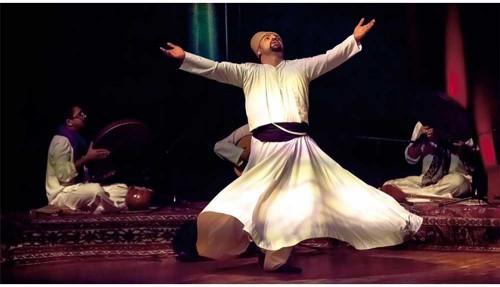 The Aga Khan Museum has curated an extensive series of exhibitions and performances including visual art, music, dance, ritual and music for its Nuit Blanche card. Titled Collective Effervescence, it’s designed to celebrate the joy of being able to perform in-person and to communally gather to experience the arts once again.
The Aga Khan Museum has curated an extensive series of exhibitions and performances including visual art, music, dance, ritual and music for its Nuit Blanche card. Titled Collective Effervescence, it’s designed to celebrate the joy of being able to perform in-person and to communally gather to experience the arts once again.
In a commercial stretch of the Don Mills neighbourhood of North York the architecturally striking Aga Khan Museum has been a home for inclusive, transcultural music performances ever since it opened its doors in 2014. Early this September I spoke to Amirali Alibhai, head of performing arts at the AKM. He outlined a rich series of live music performances from dusk to dawn, not only at the Museum but also in the adjacent park and at the Ismaili Centre next door.
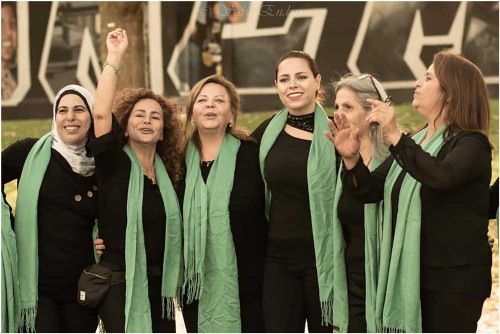 Confirmed acts as of press time include the Haneen Women’s Choir, a Toronto Syrian collective established in 2018. Haneen means “nostalgia” in Arabic, and their threefold mission includes bringing the feeling of home to participants, preserving the lyrical and musical heritage of Syria and enhancing social and cultural exchanges with Canadians. This inspiring community choir’s guiding belief centres the essential value of music to community: “singing is necessary to preserve Syrian cultural heritage during a time of war and destruction.”
Confirmed acts as of press time include the Haneen Women’s Choir, a Toronto Syrian collective established in 2018. Haneen means “nostalgia” in Arabic, and their threefold mission includes bringing the feeling of home to participants, preserving the lyrical and musical heritage of Syria and enhancing social and cultural exchanges with Canadians. This inspiring community choir’s guiding belief centres the essential value of music to community: “singing is necessary to preserve Syrian cultural heritage during a time of war and destruction.”
Following Haneen, Sufi performances will be presented in a sama (Arabic for a ceremonial meditation and prayer practice) setting. These performances often include singing, instrumentals, dancing, recitation of prayers and poetry, all in symbolic attire. (The “Mevlevi Sama Ceremony” of Turkey was inducted into UNESCO’s Masterpieces of the Oral and Intangible Heritage of Humanity in 2008.)
The professional Little Pear Garden Dance Company has long specialized in creating a body of Chinese-inspired dance and music works in Toronto. Their Nuit Blanche presentation embraces storytelling, dance and music. The stage then shifts to the distinguished Indo-Canadian dance artist and musician Bageshree Vaze and party who present a program of kathak (North Indian classical dance) with live music. Co-produced with pioneer Indian classical music presenter Raag-Mala Toronto, the evening will be capped by a full-length Hindustani concert.
Rounding out the wee-hours programming is a series of TBA pop-up music performances in the museum’s intimate Bellerive Room and open air courtyard, long a signature of the museum’s music programming.
All in all, it feels like a substantial music feast warranting a trip to the heart of Don Mills – and perhaps staying there all night. I may even see you there!
Andrew Timar is a Toronto musician, composer and music journalist. He can be contacted at worldmusic@thewholenote.com.


